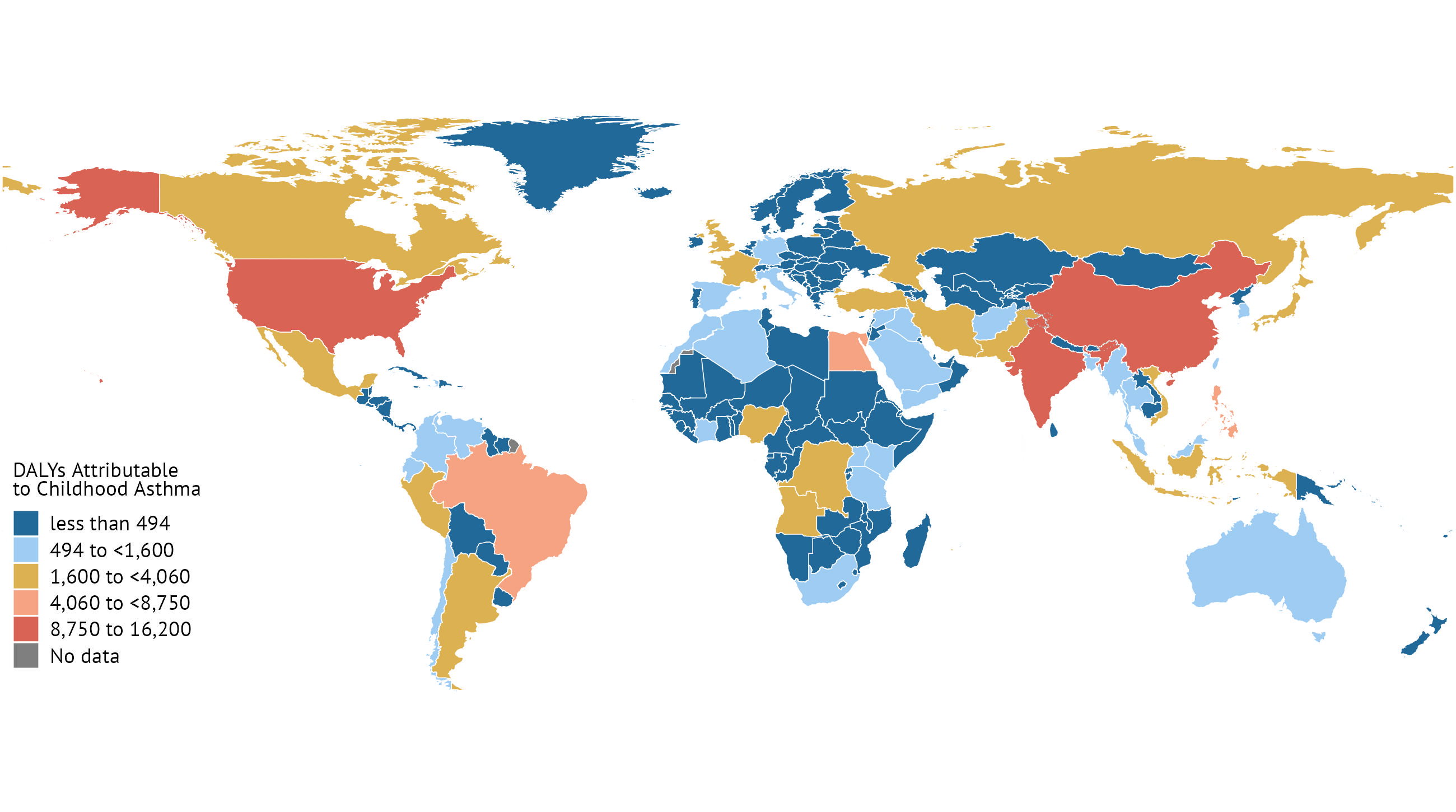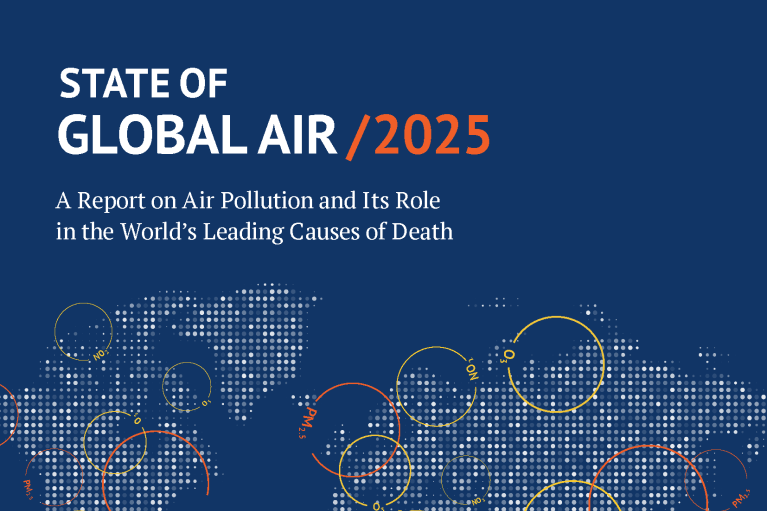About NO2
Nitrogen dioxide (NO2) is a pollutant generated mainly through the burning of fuels in vehicles, power plants, and industrial facilities.
As a major component of vehicle exhaust, NO2 is often used as a proxy for tracking traffic-related air pollution and related health effects. NO2 and other nitrogen oxides also contribute to the formation of other harmful pollutants like ozone and PM2.5.

Why it Matters
NO2 irritates the airways. It is linked with more frequent and severe asthma symptoms and may increase a child’s likelihood of developing asthma. NO2 exposure may also impair lung development in children, intensify allergies, and make people more susceptible to respiratory infections.
People who live, work, or go to school closer to roadways often experience the heaviest traffic pollution exposure. People with asthma or other health problems that are caused or exacerbated by NO2 pollution can get sick more often, require more health care, and miss work, school, or family obligations. This creates a burden on the affected individuals as well as their families and, more broadly, society and the economy.
In contrast to PM2.5, some of the highest levels of NO2 pollution are seen in high-income countries. In 2023, the highest exposures to NO2 were seen in North Africa and the Middle East (9 ppb) and Southeast Asia, East Asia and Oceania (8.2 ppb). The region with the lowest exposure to NO2 was East, West, Central and Southern Africa (3.9 ppb). 50% of the world’s population lives in areas where the NO2 levels exceed the WHO guideline. Annual average NO2 concentrations met the least stringent WHO interim target (IT-1, 40 µg/m3) in 193 countries, compared to 176 countries a decade ago.

Healthy years of life lost caused by asthma attributable to air pollution exposure amongst children ages 5-14 in 2023.
NO2Trends
Seven of the ten countries with the highest NO2 exposures are in the Middle East including Bahrain, Qatar, Kuwait, Lebanon, and the United Arab Emirates. Singapore and Monaco also experience high NO2 levels. High-income countries are experiencing a rapid decline in NO2 exposures over time as a result of sustained policy action and technological advancements.
Many cities have implemented measures to reduce traffic- related air pollution. For instance, London’s Ultra Low Emission Zone initiative delivered a 36% reduction in NO2 in the first six months after its launch in 2019; in 2024, London met the Air Quality Standards for NO2 for the first time. Traffic measures like this have yielded air quality improvements in other cities as well. The city of Dakar (Senegal) launched a fully electric bus rapid transport system, a first in Africa.
Change in NO2 exposure levels from 2010-2023 in the 20 most populous countries.







